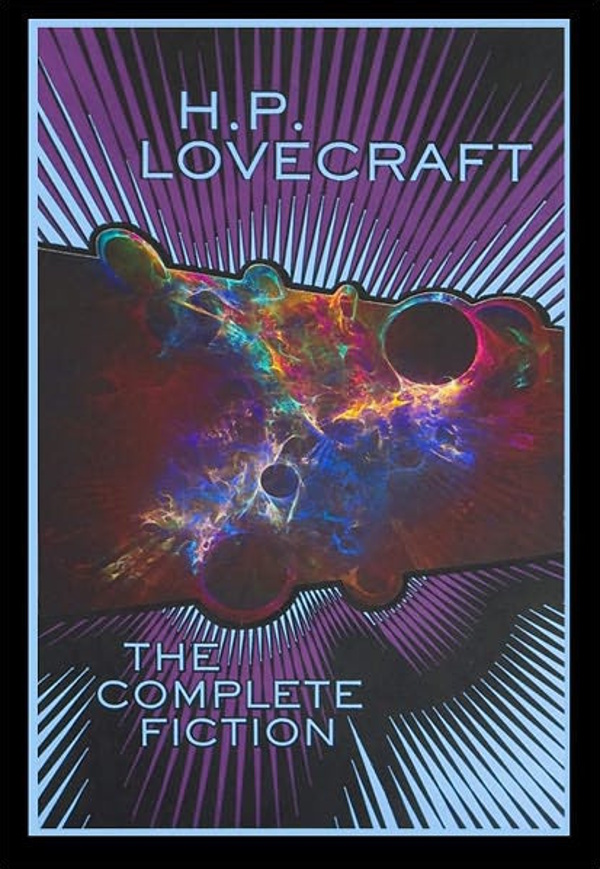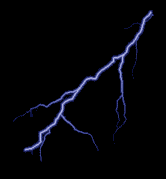The Complete Fiction
 |
 |
 |
 |
 |

- Publication Date: March 1, 2011
- Written by: H. P. Lovecraft
- Page count: 1098
Even though I was a pretty big reader throughout most of my school years, my ability to focus on a full story or book had diminished a lot by the time I finished high school. As I entered college, most of what I read were comic books and graphic novels that I was collecting at the time. Sometime in my freshman year, I found a few H. P. Lovecraft short stories on a website, and decided to give them a try since I was very familiar with his reputation and legacy in the horror world. I quickly got hooked, and ended up reading his work through the remainder of my college years. While Clive Barker may be the author who later got me back into reading full-length novels, I have to thank Lovecraft for getting me back into short stories and reading in general. I found this collection for $20 at my college bookstore, and it's been my go-to book any time I get the urge to revisit his work.
As you probably expect, this book collects every piece of fiction that Lovecraft wrote on his own, including a few stories that he wrote as a child / teenager as bonus material. They're arranged mostly in the order in which they were written, and each one features an introduction by Lovecraft scholar S. T. Joshi that provides some background context. To me, this is the best way that you can read Lovecraft's work because you get to see how his writing technique evolved over time. In the first several stories, he is clearly imitating the writing styles of the authors he liked, his biggest influence being Edgar Allan Poe. While most of them are pretty good, they often use a lot of flowery language and deliberately archaic vocabulary that doesn't sound natural at certain points. They're obviously the work of a young author who is trying to figure out his craft and hasn't quite gotten the hang of it yet. As the stories progress, this imitation style slowly fades away as he finds his footing, and by the time you get to stories such as The Outsider and The Rats in the Walls, the transformation is complete and his style is formalized. It's not necessary to read all of his works in order to truly "get it"; you could just open the book and read any story that sticks out to you. But in my opinion, you'll get a much better appreciation of his work and development as an author if you take it in as it's presented here.
When reading this book, I like to sort the stories into categories based on their themes and settings. These categories are the Cthulhu Mythos stories, the Dreamlands stories, and the standalones. I've already written a page on the Cthulhu Mythos stories, so I won't repeat myself about those. While the Mythos stories represent most of his best work, the Dreamlands stories shouldn't be overlooked. Beginning with the short story Polaris, these tales take place in a world that humans and other creatures inhabit while they are dreaming. Because most of them were written in the early years of Lovecraft's career, they use the same imitation-Poe prose style and lean way more into fantasy rather than horror. They follow a similar pattern that the later Mythos stories would take, where they reference places and people between each story to create a small fictional universe. While not quite as iconic as his later work, and Lovecraft himself would later state that he felt he wasn't cut out for fantasy stories of the type, the Dreamlands stories are still worth reading. I like to think of them as a practice run of what he would later accomplish with the main Mythos stories. The lengthy novella The Dream-Quest of Unknown Kadath is the capstone of this cycle of stories, as it not only ties together all of the characters and locations from the previous Dreamlands tales, but it connects the realm of the Dreamlands and its gods directly to the Cthulhu Mythos deities. Reading all of Lovecraft's fiction together like this feels like watching a massive quilt being made square-by-square. It's so satisfying to see him slowly build this massive sandbox for his insane creations to play around in.
The remainder of the book consists of the standalone short stories that don't fit into either the Cthulhu Mythos or Dreamlands categories. To be completely honest, many of these remaining stories are very hit-or-miss for me. Some stories like Cool Air or The Music of Erich Zann are nice little pieces that are satisfying to read, even if they aren't as memorable as the lengthier works. Others, such as The Horror at Red Hook and He, are a slog to get through. While he was an extremely talented writer in his genre, Lovecraft was a notoriously racist person in his time, and these two stories just feel like thinly veiled ravings about how scared he was of cities because different groups of people lived there. The language used is bitter and hateful, almost as if he is spitting on these people that he considered "lesser", and the fictional elements at hand feel tacked-on and underdeveloped. They're pretty bad stains in a collection that contains so much fine work. That being said, I'm glad that they were included because I feel that it's important to acknowledge an artist's terrible work along with the stuff they did well. No person is perfect, and to get a more complete understanding, you have to look at the ugly parts of them as well.
Warts and all, The Complete Fiction is a book that I keep coming back to. The sheer amount of stories included and the way they are presented makes this my favorite Lovecraft book that I own. Every couple of years or so, I find myself being drawn into the Cthulhu Mythos rabbit hole, and I end up revisiting this entire collection. It's left a lasting impression on me, and I'm sure that I will continue to re-read and recommend this book for many more years.



